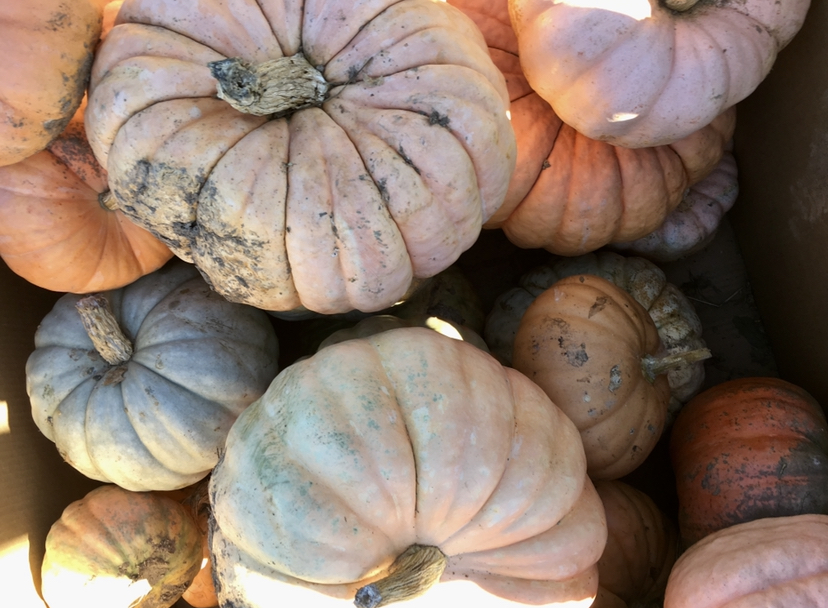The History of Halloween
Pumpkins get you into the mood of Halloween!
October 8, 2019
As October kicks off, the spooks and scares of Halloween are in full swing. We’ve all heard of the candy-crazy holiday, but the actual origin of the night was long ago, and far away.
Our haunting night originated from Samhain, a Celtic holiday that marked the end of summer. Samhain was a fresh start–it was the beginning of a new year, rebirth… but death, too. After all, the summer light was replaced with gloomy darkness and cold. It was a time to reflect, relearn, and sacrifice.
The Celts lived around Northern Europe, and they had a unique calendar that divided the year into two halves–light, and dark. Thus, Samhain took place between the autumn equinox and winter solstice. Celtic beliefs are largely echoed in modern wiccanism and pagan cultures, so this may still be a common measurement for current day witchcraft. The Celts thought Samhain was a night where the world of myths and their reality was combined. Food sacrifices were burnt to please the gods. Ghosts and creatures roamed free. Tricks were played–by a child, or fae? Fortunes were told to predict the future, and many dressed up in costume to fool malicious spirits into letting them be.
Later on, Christianity took over the Celtic religion. All Hallows Eve came from an early November holiday known as All Saints Day, also known as All Souls Day. All Saints day was a night to celebrate the dead. Costumes returned. Fires burned without sacrifice- instead, sweets and meals were given to the poor. The Holiday took its roots in Samhain, which is shown through the many similarities and the similar times of the year. The day before all Saints Day became known as All Hallows Eve, which was shortened to simply Hallowe’en.
Nowadays, Halloween is less about the merging of worlds or Christian beliefs. Although these are both considered large parts of the culture by many, spooky season has become more a general celebration. Most care a lot more about dressing up, watching horror films, and collecting candy then honoring ancient people, but that doesn’t make it any less loved by the public.
You can read more about the story behind this unique holiday here, here, and here.







